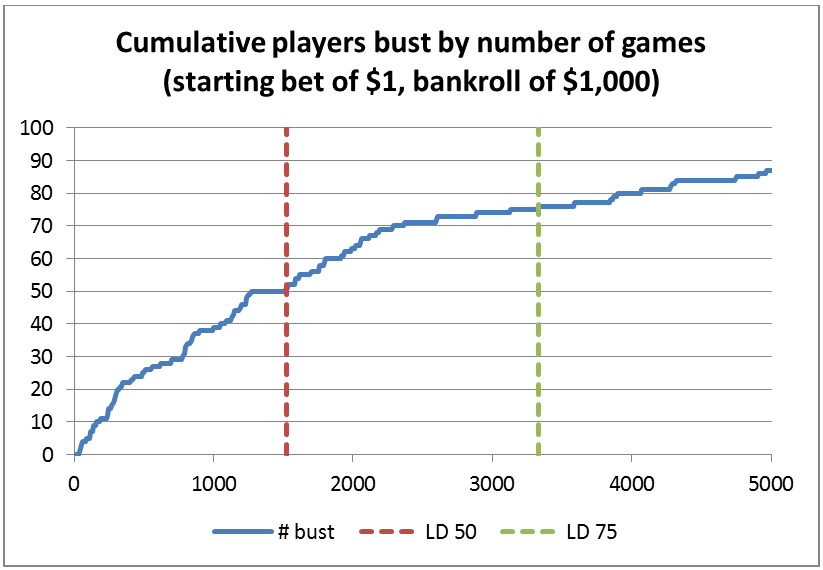Matt Rennie, the leader of EY's Power and Utilities business has a great post on LinkedIn about why new players hesitate to enter reforming energy markets.
Early in the article he sets out the way in which reforms are usually intended to change a market:
- "Before reform, and energy market includes a small, closed pool of market participants doing business with each other.
- After reform, an energy market includes a large, open pool of market participants trading either bi-laterally within a tightly controlled legislative regime, or through an intermediary (e.g., a market or system operator)."
Matt writes about the challenges that governments face in translating policy reform into the the real change to the system that is the ultimate goal of the reform.
Those that read my post earlier this week may notice that, by making the link between policy reform and desired outcomes, Matt is aiming to help governments avoid Underpants Gnome thinking.
Matt goes on to give three recommendations for governments that are seeking to make the link between reform and real change, which include:
- "Understand the motivation of incumbents and new players: This is the heart of the answer. As I’ve said in previous blogs, governments must put themselves in the shoes of market participants and understand what drives them. For incumbents, the focus is on grappling with fundamental cultural change brought by reform. New, private investors, meanwhile are looking for certainty regarding market conditions before making a commitment.
- Create an attractive investment environment: Awareness of these key drivers will allow governments to plan for a successful new market. Creating an attractive investment environment requires governments to be alert to the potential of incumbents engaging in problematic behaviours, including obstruction of retail markets, unreflective cost allocation and informational ring-fencing, as market opening draws nearer. Regulatory measures designed to target such conduct need to be put in place and, often, legal or ownership unbundling of the incumbent is required to address potential conflicts. It is also important that transmission system operators send clear signals regarding where new capacity in needed and that generators can feel confident about the stability of future returns. Strong regulators and committed policy makers are necessary here.
- Leverage existing market power and experience: Many governments, while planning a new, competitive generation market, miss the opportunity to leverage the power and experience of the incumbent utility. Many mechanisms that worked well in the old market can be adapted for the new one. For example, modified versions of IPP arrangements could allow developments already in progress to proceed with certainty, while also sowing the seeds for the merchant plants of tomorrow and allowing wholesale markets to develop slowly and sustainably. Contrary to the views of most policy makers, new entrants see an important perpetual place for the stabilizing presence and influence of the incumbent, and an environment where a diversity of companies brings benefits that go beyond lower spot prices to include increased efficiency, innovation and employment opportunities."
You may note that these look more like general principles than concrete steps. This is because, in the real world, countries are so different that it's impossible to come up with a set of concrete steps that will apply in every country. When I am looking to advise governments on this sort of thing, I generally try and identify the general principles much like this, and use them to work together with the people on the ground to generate concrete steps that apply in their context.
Matt's article (linked here again in case you missed it above) does lay out quite nicely what "Phase 2" looks like in the real world of policy reform. Give it a read, and follow him on LinkedIn for more.
Disclosure: I previously worked for EY, but have no ongoing affiliation, or financial interest in their business.




















